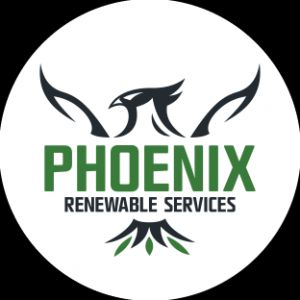Notable Best Practices for Improving Solar Operations and MaintenancePosted by Phoenix on December 3rd, 2020 The importance of operations and maintenance in the solar industry continues to gain prominence with every passing day. At the same time, the aging of rooftop solar installations calls for proactive monitoring and maintenance operations. With the support of new technologies, Solar O&M has crossed the conventional barriers. In the present times, remote access drones, sensors, and infrared cameras have a crucial role in the measurement of system efficiency. Furthermore, the new tools for monitoring solar installations' operations can also provide better and timely alerts to prevent any long-term damage. On the other hand, it is also important to follow certain basic protocols for ensuring proper safeguards for your investments in solar installations. The following discussion outlines some of the proven best practices in solar operations and maintenance. Be Careful with the Installation Process One of the first things in Solar O&M is proper installation of equipment. Installation of a new system should always comply with proven quality control processes. The quality control process should involve an evaluation of the roof or installation site for preventing any form of damage to the integrity of the site. Any issues with the installation would become prominent due to natural events such as heavy winds or a storm. In many cases, improper installation can also lead to dislodging of panels that have not been secured properly. So, it is important to get everything right with the installation to ease up your maintenance burden and operational complexity.
Choose Qualified Personnel The next critical suggestion for improving Solar O&M practices refers to selection of a competent and experienced O&M contractor. Qualification and comprehensive training are the two important requisites of an O&M contractor to address the maintenance activities prescribed for your system. Experienced and skilled contractors could take care of processes such as inspection of wire management, verification of torque in the solar module clamps and infrared thermographic scanning of combiner boxes. Furthermore, it is also important to allocate responsibility for monitoring solar installations alongside specifying the contractor's threshold after taking immediate action. Ensure Faster Responses The immediacy in response to solar installations' critical threats can be lifesaving functionality in solar operations and maintenance. Create a detailed, proactive emergency response plan with clear assignment of duties. In addition, it is also recommended to have emergency responders view the installation in advance for avoiding any complexities during an emergency. Pay Attention to Physical Security of Installations Physical security is also a prominent factor to support Solar O&M best practices. You can restrict access to the solar installation to limit the possibilities of damage or compromises in the installation. In the case of rooftop solar installations, doors or hatchways could serve ideal standards of physical security. On the other hand, fencing could be suitable for ground-based solar installations and maintain proper conditions. It is always better to keep an eye out for any conditions that could damage the installation. Always check the installation after heavy winds or storms and watch out for damage due to animals or the surrounding ground conditions. In the long run, the above-mentioned best practices for solar operations and maintenance can help you save considerable time and money effortlessly! Source: Phoenix Solar Renewable Services Like it? Share it!More by this author |



